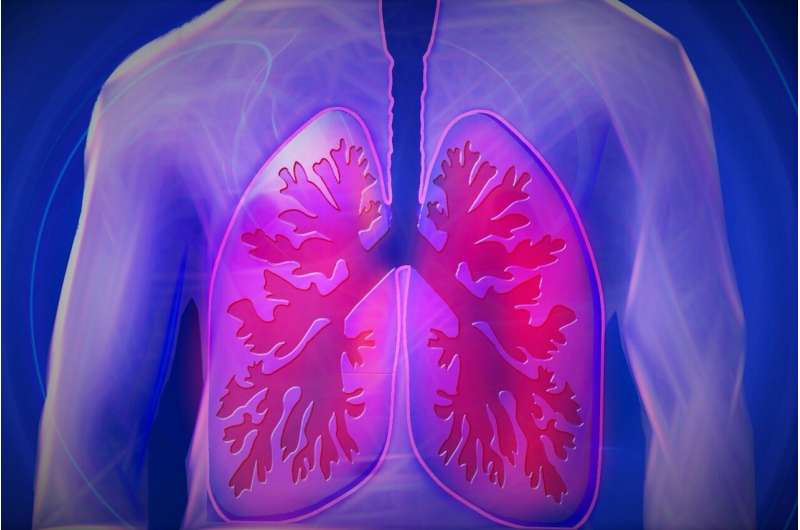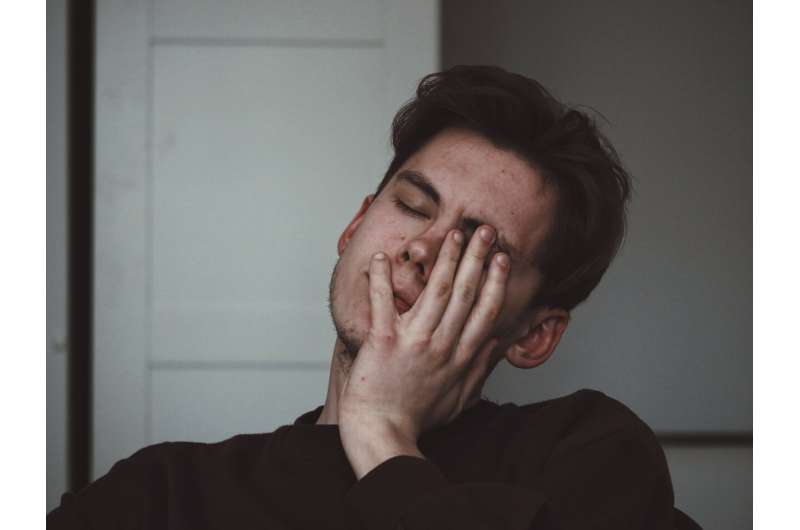Real-Time Imaging Reveals Neuron Energy Dynamics During Stroke-Like Events

New real-time imaging techniques uncover how individual neurons in the brain manage their energy reserves during stroke-like depolarizations, paving the way for targeted neuroprotective therapies.
A groundbreaking study conducted by scientists at Leipzig University’s Carl Ludwig Institute for Physiology has provided unprecedented insight into how individual neurons in the brain manage their energy reserves during spreading depolarizations—waves of electrical activity associated with various neurological disorders, including stroke. Utilizing a novel mouse model engineered to produce a fluorescent sensor protein within neurons, researchers visually tracked ATP levels, the primary energy currency of cells, in real time.
The study employed high-resolution fluorescence microscopy to observe how ATP concentrations in single neurons fluctuate during spreading depolarizations. These waves involve a sequential depolarization that echoes a 'short circuit' within neural circuits, often leading to tissue damage post-stroke. Prior to this research, it was unclear how ATP, critical for neuron survival and function, behaved during these dynamic waves.
Lead researcher Dr. Karl Schoknecht explained, 'Our high-resolution approach offers the first detailed view of how neurons lose and recover energy during acute episodes of energy mismatch, such as in stroke scenarios.' The findings reveal that energy depletion during spreading depolarizations is uneven, with some neurons experiencing more significant ATP loss, especially under conditions mimicking ischemia.
Interestingly, most neurons retained the ability to restore their ATP levels once glucose and oxygen supplies were replenished. This suggests that energy collapse can be reversible if timely intervention occurs. To mimic stroke-like conditions, the team removed glucose and oxygen from the nutrient solution, inducing energy deprivation while concurrently recording depolarization waves through electrophysiological methods.
The results highlight that even healthy brain tissue undergoes a temporary ATP drop during spreading depolarizations, which becomes markedly worse during ischemic states. The accelerated ATP loss under energy-compromised conditions underscores the importance of rapid intervention in stroke management.
This research, published in the Proceedings of the National Academy of Sciences, provides critical insights into brain energy metabolism during acute neurological events and offers a foundation for developing therapies aimed at preserving neuronal energy reserves during strokes.
Source: https://medicalxpress.com/news/2025-05-real-imaging-neuron-energy-conditions.html
Stay Updated with Mia's Feed
Get the latest health & wellness insights delivered straight to your inbox.
Related Articles
Menstrual Cycle Influences Women's Reaction Time More Than Physical Activity, But Exercise Has a Stronger Impact
A study shows that women's reaction times are influenced by the menstrual cycle, but engaging in physical activity has a more profound effect on cognitive performance than cycle phase alone.
Breakthrough Identifies Unique Pathway for Chronic Pain, Paving Way for New Treatments
Scientists have identified a unique neural pathway responsible for chronic pain, opening new avenues for targeted treatments for conditions like fibromyalgia and rheumatoid arthritis.
Study Finds No Significant Benefit of Mucoactive Agents in Preventing Lung Flare-Ups in Bronchiectasis Patients
A recent study finds that hypertonic saline and carbocisteine do not significantly reduce lung flare-ups in bronchiectasis patients, guiding future treatment strategies.
Economic Disadvantage Linked to Higher Risk of Long COVID: New Study Findings
A new study reveals that social and economic disadvantages significantly increase the risk of developing long COVID, highlighting the importance of addressing health disparities.



